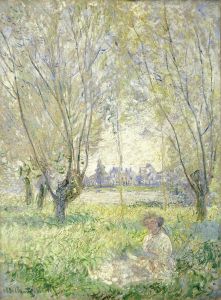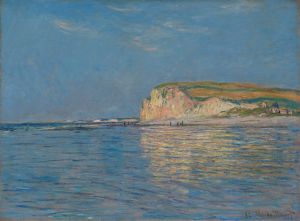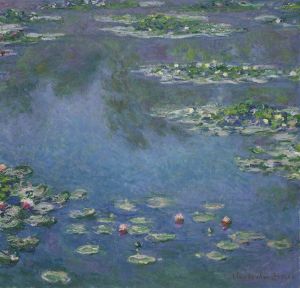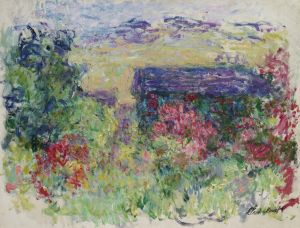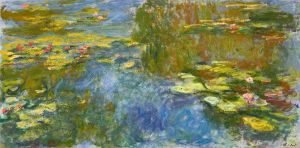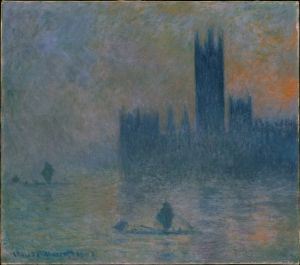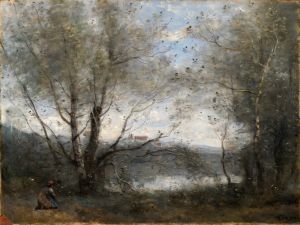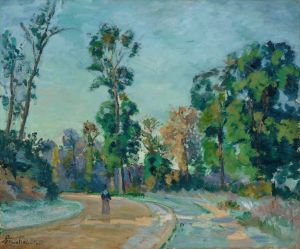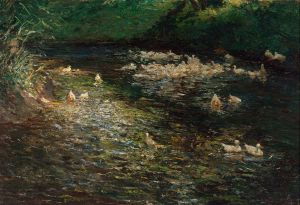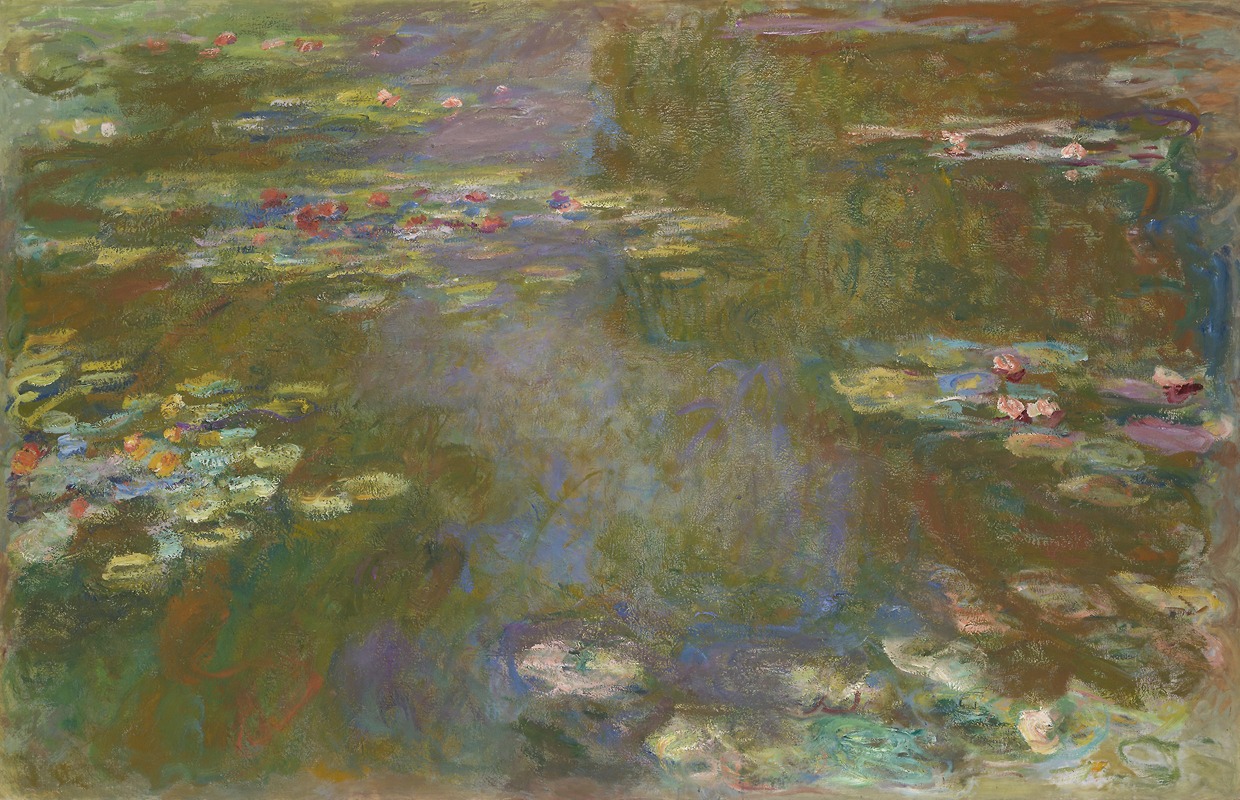
Water Lily Pond
A hand-painted replica of Claude Monet’s masterpiece Water Lily Pond, meticulously crafted by professional artists to capture the true essence of the original. Each piece is created with museum-quality canvas and rare mineral pigments, carefully painted by experienced artists with delicate brushstrokes and rich, layered colors to perfectly recreate the texture of the original artwork. Unlike machine-printed reproductions, this hand-painted version brings the painting to life, infused with the artist’s emotions and skill in every stroke. Whether for personal collection or home decoration, it instantly elevates the artistic atmosphere of any space.
Claude Monet's "Water Lily Pond" is one of the most celebrated works by the French Impressionist painter, renowned for his exploration of light, color, and nature. Monet painted this piece in 1899, during a period when he was deeply engaged in capturing the beauty of his garden in Giverny, France. This painting is part of a larger series of approximately 250 oil paintings that Monet created, all focusing on the water lilies in his garden.
Monet moved to Giverny in 1883 and began developing his garden, which would become a primary source of inspiration for his work. By the late 1890s, he had constructed a Japanese-style bridge over a pond filled with water lilies, which became a recurring motif in his paintings. "Water Lily Pond" specifically depicts this bridge, arching gracefully over the tranquil water, surrounded by lush greenery and the delicate blossoms of the water lilies.
The painting exemplifies Monet's Impressionist style, characterized by loose brushwork, a vibrant color palette, and an emphasis on capturing the effects of natural light. In "Water Lily Pond," Monet employs a range of greens, blues, and pinks to convey the serene atmosphere of the garden. The reflections of the sky and surrounding foliage in the water create a sense of depth and movement, inviting viewers to immerse themselves in the tranquil scene.
Monet's focus on the water lilies and the pond reflects his interest in the interplay between water and light. He was fascinated by how the changing light throughout the day and across different seasons could alter the appearance of the same scene. This fascination is evident in the way he captures the dappled sunlight filtering through the leaves and the subtle variations in color on the water's surface.
"Water Lily Pond" and the other paintings in the series were not only a testament to Monet's mastery of color and light but also his dedication to capturing the ephemeral beauty of nature. These works were pivotal in the development of modern art, influencing subsequent generations of artists who sought to explore abstraction and the emotional impact of color.
The painting was first exhibited in 1900 at the Galerie Durand-Ruel in Paris, where it received considerable attention and acclaim. Monet's water lily series, including "Water Lily Pond," played a significant role in solidifying his reputation as a leading figure in the Impressionist movement.
Today, "Water Lily Pond" is housed in various prestigious art collections around the world, with some versions displayed in institutions such as the Musée d'Orsay in Paris and the Metropolitan Museum of Art in New York. These paintings continue to captivate audiences with their beauty and serve as a testament to Monet's enduring legacy in the art world.





